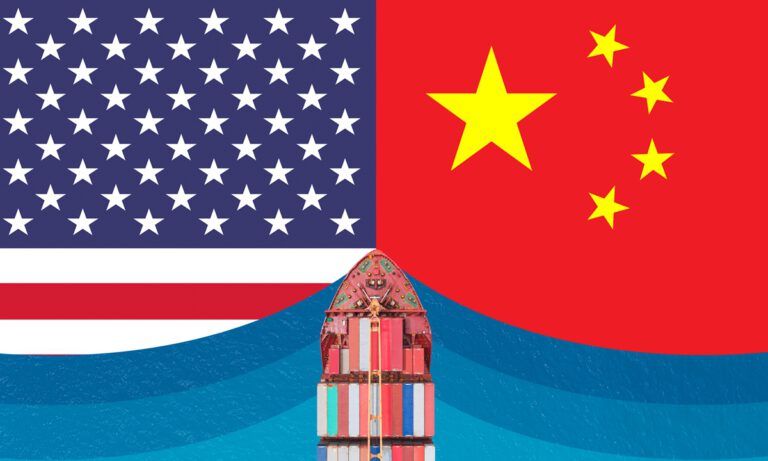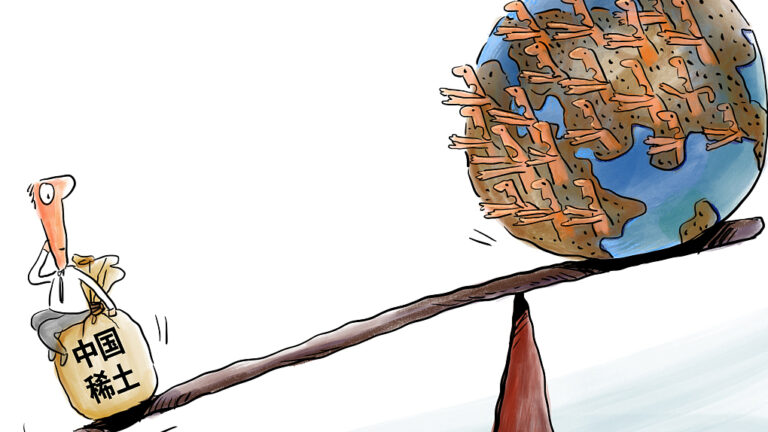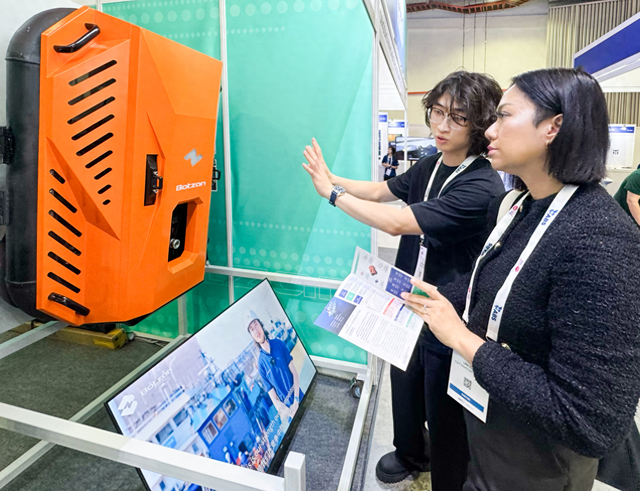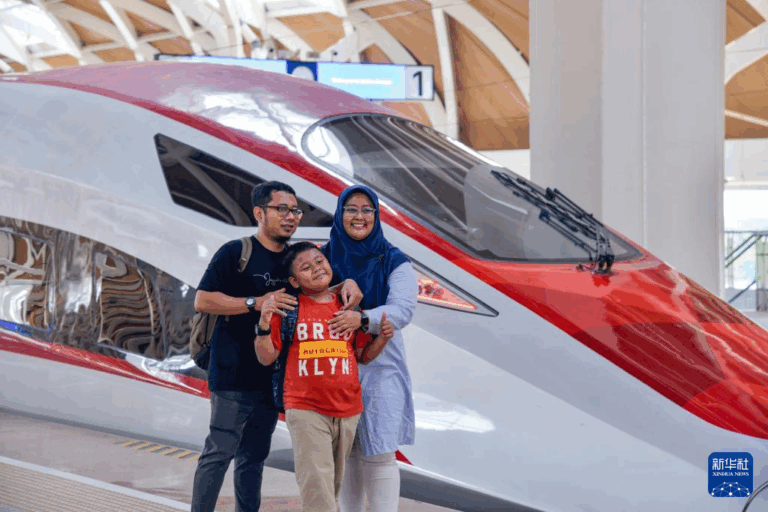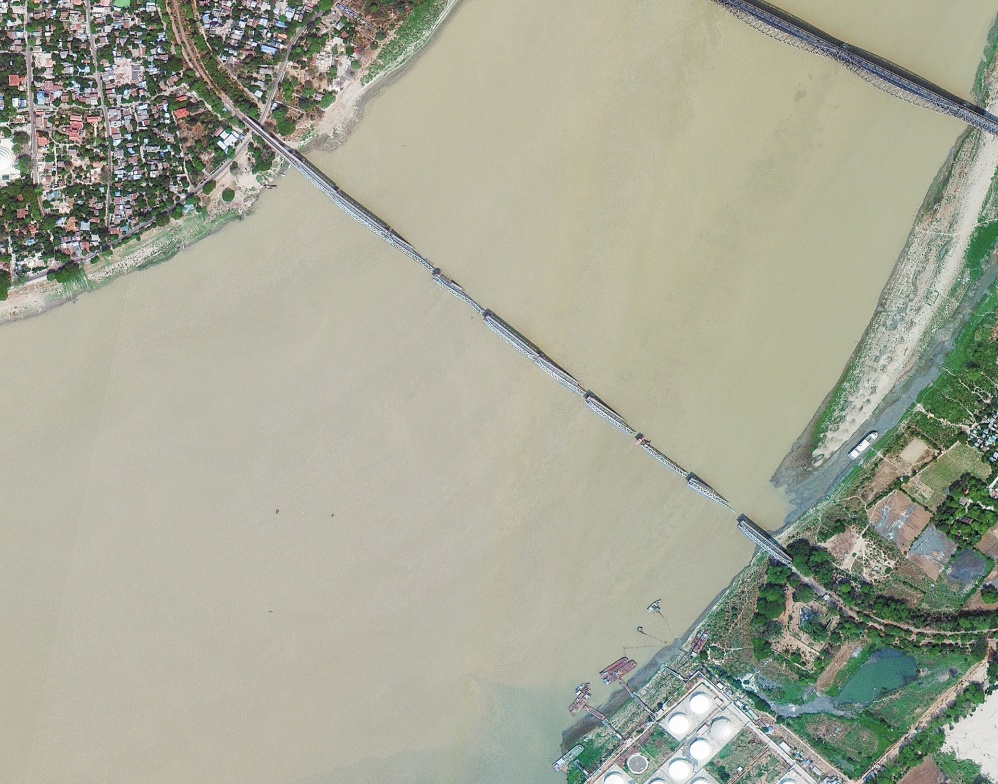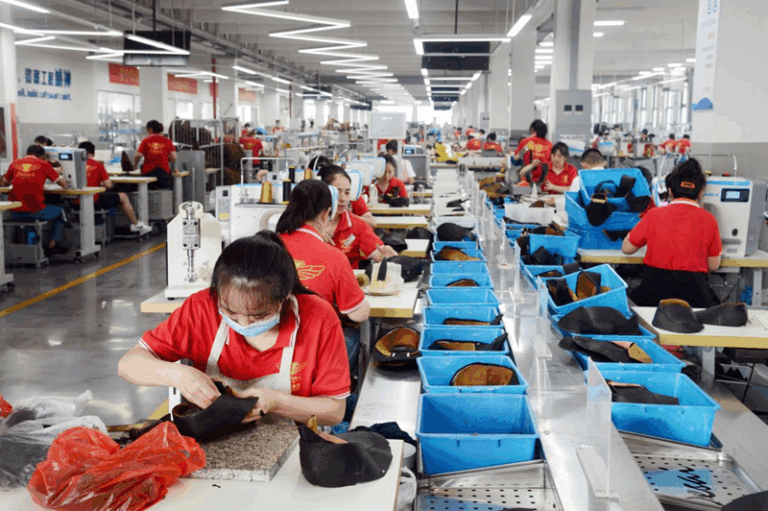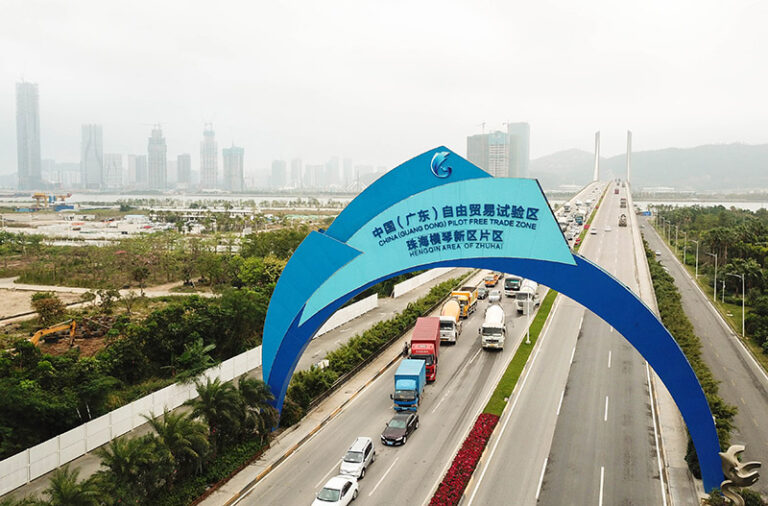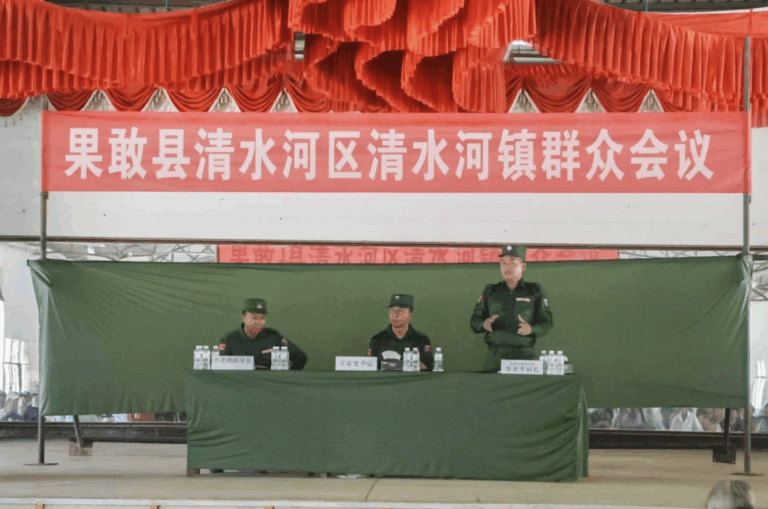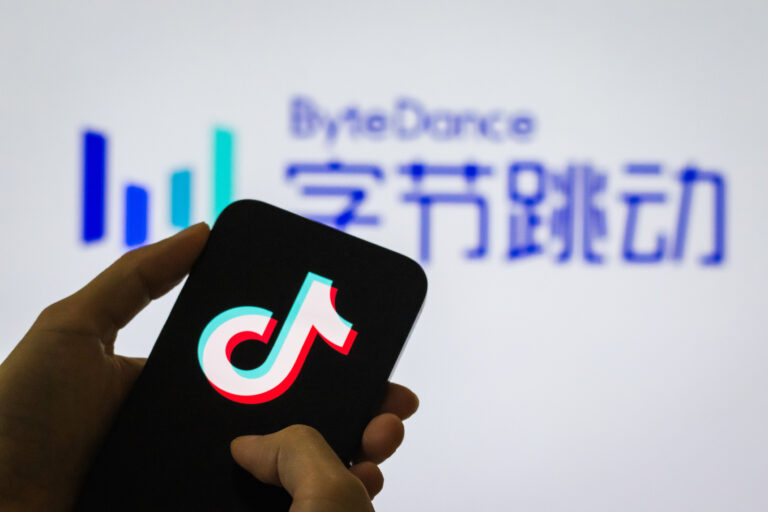On April 24, the Shenzhou XX manned spacecraft successfully ignited its carrier rocket and launched from the Jiuquan Satellite Launch Center, marking a new milestone in China’s space exploration. The mission involves rotating with the Shenzhou XIX crew while staying at the Chinese space station for about six months. During this time, the astronauts will ensure the smooth operation of the station’s systems and carry out a variety of critical tasks.
Living and working in space is a challenge, particularly when it comes to daily activities. In the weightless environment, drinking water becomes a physical feat, eating is a battle against floating food, and even sleep requires astronauts to strap themselves into place to avoid drifting off. The most private moments, like using the restroom, are even more complicated due to the absence of gravity, relying on special suction mechanisms to prevent excrement from floating around.
Despite these difficulties, significant strides have been made in improving life for astronauts in space, thanks to decades of effort and innovation in China’s aerospace sector. In the early days of space travel, astronauts faced considerable challenges, especially in food preparation and consumption. Freeze-dried vegetables, designed to provide astronauts with essential vitamins, have become a critical part of the diet. What started as a solution to prevent scurvy in space has now extended beyond space to everyday life, with freeze-dried meals becoming a popular way to get vitamins on Earth as well.
Packaging technology, such as straw packets, initially invented to allow astronauts to drink without worrying about liquids floating away in microgravity, has since become common in snacks like jelly, field meals, and even sports foods. This simple yet groundbreaking idea revolutionized how astronauts eat and has made its way into everyday food packaging, making it easier for people to consume meals without the mess.
Even instant noodles, a staple comfort food, have a space version. The Japanese, known for their love of ramen, developed a special instant noodle for space travel. These noodles are designed not to float in zero gravity, with special flour and starch formulas that allow them to be easily soaked with 70-degree hot water. What was once a space necessity is now something we can enjoy here on Earth during a quick lunch break or as a snack.
These developments demonstrate the endless creativity and determination of scientists in overcoming the unique challenges of space life, especially in something as seemingly simple as food. Yet, the history of space food is riddled with stories of astronauts enduring less-than-ideal meals. When Soviet cosmonaut Yuri Gagarin became the first human to travel into space, his food options were extremely limited, consisting of a tube of paste. On the Apollo 11 mission, astronauts like Neil Armstrong and Buzz Aldrin had to chew through hard, compressed food that was nutritious but not exactly pleasant to eat. Even China’s first astronaut, Yang Liwei, could only eat specially prepared mooncakes while in space.
American astronaut John Young took an unconventional approach by storing a sandwich in his pocket during a mission, resulting in a floating mess of crumbs in the cabin, adding a whole new layer of difficulty to space dining. The general lack of variety and flavor, coupled with the inability to heat meals, made eating in space a far cry from the comfort of Earth’s cuisine.
Heating food in space was another major obstacle. On the International Space Station, preparing hot meals was a time-consuming process. Astronauts often spent hours cooking a single meal, and the absence of air convection in the weightless environment rendered conventional heating methods ineffective. For example, microwave ovens, which work by generating heat through the friction of water molecules, are not effective in space since the water in food does not distribute evenly in zero gravity. This made it difficult to get evenly heated meals, and even something as simple as warm water became a luxury.
Fortunately, these challenges are now part of the past. Thanks to recent breakthroughs, from Shenzhou V to Shenzhou XII, the evolution of Chinese astronauts’ space cuisine has been remarkable. Over time, their meals have transformed from basic, ready-to-eat food to a highly customized and diverse menu tailored to individual preferences—marking a significant shift in China’s “space recipes.”
This leap forward is largely thanks to China’s investment in smart manufacturing and technological innovation. In 2013, the Chinese government initiated a manned space kitchen development program, with Jiuyang, a national brand, taking on the responsibility of creating a fully functional space kitchen for the Chinese space station. After years of research and development, Chinese food engineers successfully designed a space kitchen that was deployed aboard the Chinese space station. This system allows astronauts to prepare hot meals efficiently in space.
Shenzhou V marked the beginning, where astronauts mainly consumed ready-to-eat, water-containing foods that required no heating. These included items like “one-bite crisps,” with around 20 to 30 varieties available.
With Shenzhou VI, the menu expanded significantly, showcasing distinct Chinese culinary characteristics. About 40 to 50 different food items were introduced, including soft and hard canned foods, rehydrated dishes, freeze-dried fruits, and a variety of condiments. Each meal typically featured three to four dishes, accompanied by snacks, appetizers, and even high-end ingredients like abalone and prawns.
Shenzhou VII was a milestone: for the first time, traditional Chinese medicine was included in astronauts’ supplies. The food selection grew to nearly 80 items, encompassing staple foods, side dishes, soups, drinks, seasonings, and ready-to-eat products. Notably, soft canned dishes resembling Chinese stir-fried vegetables were introduced, along with multiple seasoning packets to offer greater flavor variety.
By the Shenzhou IX mission, meals emphasized distinctive Chinese flavors. Dishes included shredded pork with fish flavor, corn with pine nuts, moo shu pork, black pepper beef tenderloin, mixed fried rice, Sichuan spicy sauce, and lemon tea. This marked a significant leap from earlier, more basic space foods like compressed snacks. A four-day rotating menu was implemented to prevent dietary monotony.
Shenzhou X focused on personalized customization, offering nearly 90 food choices. Items ranged from bean paste dumplings and roasted chicken legs to crystal lotus seeds, fruits, and assorted fried rice. The meals became more nutritionally balanced and diverse, with minimal repetition throughout the week. Astronauts’ personal taste preferences were given greater priority.
With Shenzhou XI, the food selection expanded further to over 100 items, grouped into six categories: staple foods, side dishes, ready-to-eat meals, beverages, condiments, and functional foods. Familiar dishes like soy-braised beef and shredded pork with fish flavor were included. Menus were rotated every five days to ensure variety, and a range of desserts enhanced the culinary experience.
Finally, Shenzhou XII marked a new high point, offering over 120 food options. Highlights included quinoa and cinnamon porridge, coconut bread, sauced radish, assorted fried rice, and spicy tuna. These meals were not only nutritionally designed and diverse, but also customized to suit each astronaut’s tastes, with almost no repetition within a week.
These advancements not only highlight China’s achievements in space technology but also showcase how innovations made for space exploration can have a profound impact on life back on Earth. What was once a dream is now a reality, thanks to the tireless efforts of scientists and engineers pushing the boundaries of what’s possible.
Source: Sohu, Xinhua, CNN, JAXA, NPR, China Daily




